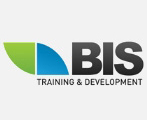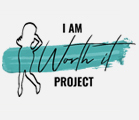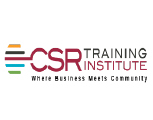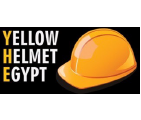Here�s a good question: �Just WHO am I, Garry Worger, and WHY can I assist an organization with �change� initiatives, and HOW do I go about it, and am I any good?� [Maybe that is four questions?]
WHO SUMMARY
I was an educator for 40+ years, working with public education, grades 5 � 12, and with a technical college. There I was an instructor (math, computer programming, MS-OFFICE), training consultant, program-developer, change-agent, project manager, and researcher with Colleges, Government Agencies, Private Industry� collaborating with local, Canadian & foreign clients.
So my �who� is this: extensive training/development/assessment experience working with all types of clients, in a variety of fields, across cultures.
WHY SUMMARY
I strive to solve my clients� problems, using a GET-GIVE-MERGE-GO (GGMG) model. This means I spend extensive front-end time assessing the
needs/problems/issues/context/key-players of an organization.
Then I map out a �solution� based on my understanding & expertise.
Next my clients and I negotiate how my approach will be applied to their situation, followed by the development of an elaborate and detailed management plan. That plan becomes the roadmap and assessment design for a project.
So my �why� is this: I explore where you are; we agree on our mutual understandings; we develop strategies and tactics to solve your problems.
HOW SUMMARY
I alluded to my �how� in the why summary� but here are some more details.
I use potent models to direct my efforts, based on the research & teachings of Robert Carkhuff� to my mind� one of the seminal thinkers of the 20th century.
His (and my) strategic approach is EXPLORE-UNDERSTAND-ACT. This, you will likely realize, is the over-riding model for the GGMG process I use with clientele organizations.
I utilize several tactical models.
The first is PLAN-IMPLEMENT-MONITOR-ASSESS-RECYCLE (PIMAR)� the basis for my Project Management approach. The guts of this is the Plan, and I am insistent on spending a high {17ed4b947b5ecd6da9d3a7b807fdef29c56bf028a610db6111fa8d721e8c087a}age of time getting this right�
-right for the client (outcomes which is tactic #2, below)�
-right for the target personnel involved (which is tactic #3, below)
-right process & procedures & assessment�
-right for me as a Project Manager (managing, monitoring, assessing and recycling)�
The second tactical model focuses on client outcomes: quantitative measures, qualitative measures, safety measures, environmental measures, supervision measures, key indicators, assessment methods, reporting.
The third tactical model identifies the target personnel involved in the project and their level of involvement (resource, approvers, implementers, receivers, allocators).
In summary, my How is the use of powerful models, customized to the unique context and culture of client organizations.
INDICATORS OF PERFORMANCE
-Conceptualized, organized, implemented, and evaluated a two year training systems development project for a local chemical process based industry. (Budget: $2.0 million)
-Conceptualized, organized, implemented, evaluated, monitored and reported on a major training initiative utilizing computer controlled videodisk technology. (Budget: $4.3 million)
-Designed, implemented, monitored and evaluated a two year training development project utilizing self-paced individualized training packages, supported by computer managed and computer assisted software. (Budget: $1.3 million)
-Conceptualized, implemented, monitored, evaluated and reported on a one year project involving remote delivery of company training programs, using computer managed learning. (Budget: $250,000)
-Designed and implemented a strategy for identifying crucial skills for tradesmen and technologists for over 20 different occupations.
-Conducted interviews, summarized documents and wrote the report on the evaluation of four Computer Based training initiatives of the US military.





